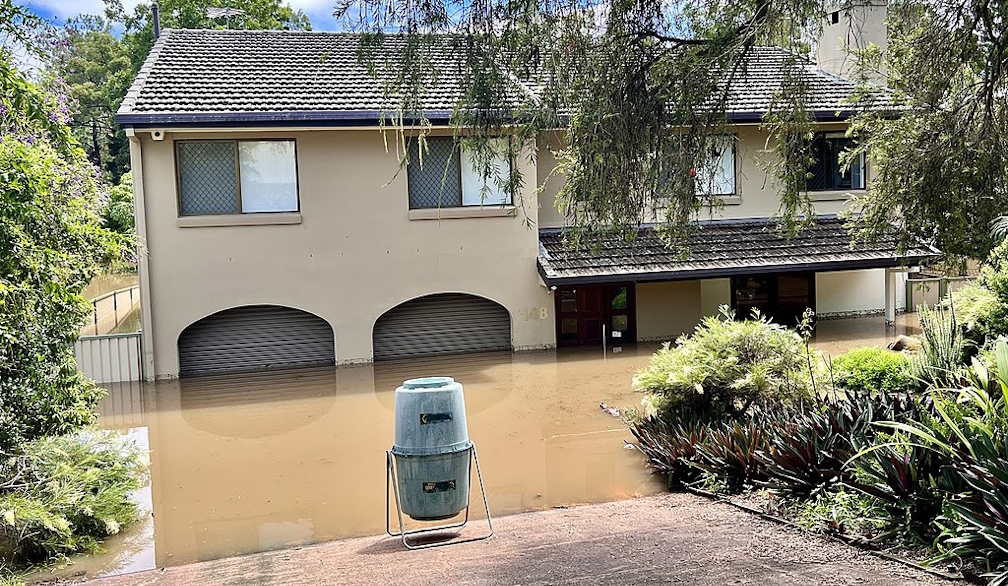Brisbane Flood Zone Suburbs Brace for Another Wet Summer

Brisbane has had several devastating floods over the years. In 2011, the area was devastated in a way that hadn't been seen since the floods in 1974. In 2022, water covered much of the region. While that isn't an annual occurrence, there are flood zones across Brisbane that are likely to see most damage come wet summers.
Flood Zones
Are you in a flood zone? You might be, as it happens, some of the trendiest suburbs in the area are prone to flooding.
|
Flood Zones Across Brisbane |
|
Annerley |
Hendra |
Runcorn |
|
Alderley |
Indooroopilly |
Spring Hill |
|
Coorparoo |
Kedron |
Tarigna |
|
Clayfield |
Morningside |
Toowong |
|
Camp Hill |
New Farm |
West End |
|
Greenslopes |
Newstead |
Wavell Heights |
|
Hawthorne |
Paddington |
|
This information is useful if you're new to the area, whether you bought your property or are renting. It's also a useful tool when house hunting, whether you're looking for a new place to live or thinking about property investments. Living in a flood zone can make home insurance particularly challenging, so it's important to know what you're getting into.
A Proactive Approach
Preparing an emergency flood pack is always advisable if you live in a flood zone, and should contain a torch, blankets, warm clothes, bottled water, and a first aid kit. You should also ensure any important documents are kept in a secure, waterproof place. An emergency plan is recommended; everyone should know who to call and what to do in the event of serious flooding.
Use sandbags to block doors and prevent water from entering your home, move important items to higher levels, and secure outdoor items that may be swept away or damaged by flood water, including securing gates and fences. Stay tuned to local updates so you know what's happening in your area.
Plumbers Brisbane
If you're in a flood zone, take precautions now. You can't stop the rain, but you can mitigate the damage it creates to your property. Find reputable Plumbers Brisbane and have them inspect your plumbing and take care of any outstanding issues. They can check your pipes for leaks and look at the roof and gutters to ensure everything is clear and secure.
If you're looking for a Plumber North Brisbane, you must find someone you can rely on. The quicker you deal with a flooded home, the better your chance of limiting damage. Everyone should have an emergency plumber in their contacts list, whether you're in an official flood zone or not. You never know when a plumbing emergency will strike.
